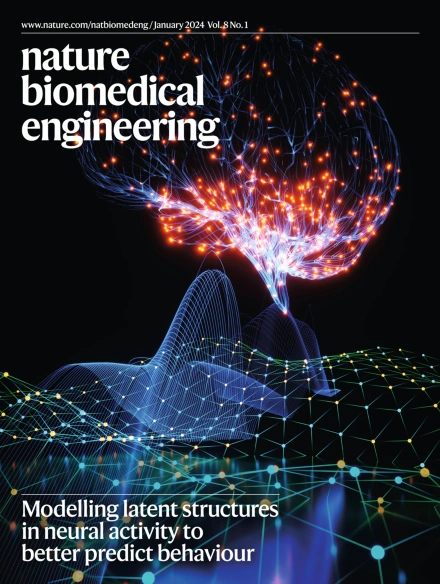对下一代工程T细胞进行微调。
IF 26.8
1区 医学
Q1 ENGINEERING, BIOMEDICAL
引用次数: 0
摘要
嵌合抗原受体(CAR) T细胞疗法在治疗血液系统恶性肿瘤方面取得了显著的成功。然而,临床应用的增加突出了与T细胞和肿瘤内在机制相关的实质性挑战。此外,肿瘤微环境可以使这些治疗功能失调。该领域的广泛尝试正在优化CAR - T细胞产品用于治疗的关键要素,包括抗原特异性和亲和力、代谢适应性、表型稳定性和制造。最近在转录组学和表观遗传学分析以及高通量功能筛选方法方面的努力已经确定了新的靶点、结合物和有待开发的机制。基因编辑和基因传递的进步为将这些策略转化为临床试验提供了机会。在这里,我们讨论了CAR - T细胞工程方法和新兴方向的多方面探索,强调了可以建立在创造下一代细胞疗法的可用策略。本文章由计算机程序翻译,如有差异,请以英文原文为准。
Fine tuning towards the next generation of engineered T cells.
Chimeric antigen receptor (CAR) T cell therapy has achieved remarkable success in treating haematologic malignancies. However, the rise in clinical use has highlighted substantial challenges related to T cell- and tumour-intrinsic mechanisms. Additionally, the tumour microenvironment can render these treatments dysfunctional. Extensive attempts in the field are optimizing the key elements of CAR T cell products for therapy, including antigen specificity and affinity, metabolic fitness, phenotypic stability and manufacturing. Recent efforts in transcriptomic and epigenetic profiling, as well as high-throughput functional screening methods, have identified new classes of targets, binders and mechanisms to be exploited. Advances in gene editing and delivery offer opportunities to translate those strategies into clinical trials. Here we discuss the multifaceted exploration of CAR T cell engineering approaches and emerging directions, highlighting the available strategies that can be built on to create the next generation of cellular therapies.
求助全文
通过发布文献求助,成功后即可免费获取论文全文。
去求助
来源期刊

Nature Biomedical Engineering
Medicine-Medicine (miscellaneous)
CiteScore
45.30
自引率
1.10%
发文量
138
期刊介绍:
Nature Biomedical Engineering is an online-only monthly journal that was launched in January 2017. It aims to publish original research, reviews, and commentary focusing on applied biomedicine and health technology. The journal targets a diverse audience, including life scientists who are involved in developing experimental or computational systems and methods to enhance our understanding of human physiology. It also covers biomedical researchers and engineers who are engaged in designing or optimizing therapies, assays, devices, or procedures for diagnosing or treating diseases. Additionally, clinicians, who make use of research outputs to evaluate patient health or administer therapy in various clinical settings and healthcare contexts, are also part of the target audience.
 求助内容:
求助内容: 应助结果提醒方式:
应助结果提醒方式:


